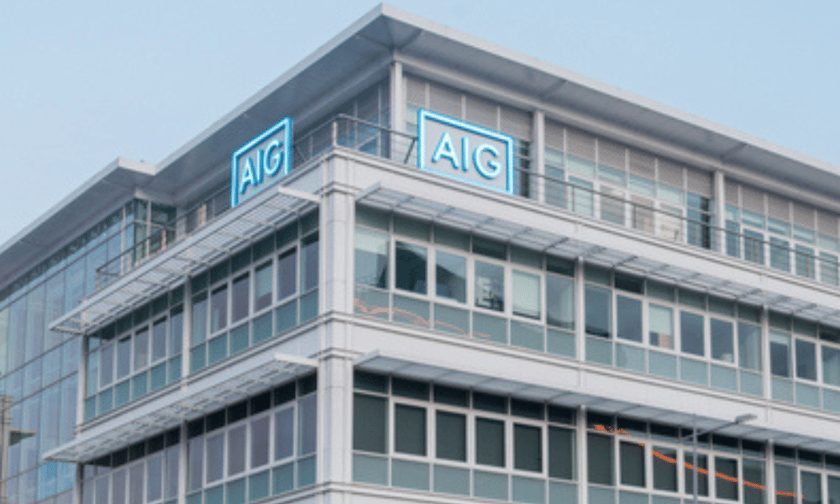

American International Group (AIG) is no longer in the “rehabilitation phase” and is focusing on growth, capitalizing on market opportunities while maintaining underwriting discipline, according to chairman and chief executive Peter Zaffino.
Zaffino delivered the remarks at a fireside chat during the 2024 KBW Insurance Conference on Wednesday (September 4).
In its earnings report for the quarter ended June 30, 2024, the global insurer revealed a loss of $4.7 billion primarily due to its completed deconsolidation of CoreBridge Financial, a process that began in 2020.
Following that phase, Zaffino is optimistic about prospects for AIG, including its generative artificial intelligence (gen AI) strategy and market opportunities in its excess and surplus (E&S) lines.
As it pursues new growth avenues, AIG continues to prioritize disciplined underwriting with a comprehensive reinsurance program for all lines of business, he added
“A challenge we have today is we have more capital than we need to support our current core general insurance business. However, that will naturally unwind with our ongoing capital management strategy and the realization of our anticipated growth potential,” Zaffino said.
“We continue to prioritize prudent risk selection, limit management, (and) appropriate terms and conditions.”
In a competitive market, AIG has honed its excess and surplus lines (E&S) capabilities, which Zaffino describes as a powerful growth driver. The E&S market, particularly in North America, offers unique opportunities for AIG to expand due to strong new business activity and improved retention rates.
“The market’s been unbelievable for us. E&S broker distribution for wholesale is unbelievably powerful,” the CEO said.
Zaffino acknowledged that the fundamentals of retention in the E&S business have improved dramatically, with retention rates climbing from the low 60s to the mid-70s.
This increase in business retention is a significant indicator of how AIG has shifted from merely maintaining its portfolio to growing it.
Despite concerns about rate changes affecting the first half of the year, Zaffino said that activity in this sector has not slowed, and AIG is seeing improvements in every aspect of its E&S operations.
Speaking on the insurer’s distribution network, the CEO also highlighted how a focus on technical underwriting and consistent risk appetite has helped it build trust within the broker community – a crucial component to AIG’s ongoing success.
“Brokers always want as much as they can possibly get, but the number one thing they need is consistency and risk appetite,” Zaffino said.
In personal lines, AIG’s high-net-worth business is another area where Zaffino sees growth potential. However, this segment comes with challenges, particularly in managing aggregation risk, where too much concentration in a particular area can lead to significant exposure in events like wildfires.
AIG is addressing these issues by recalibrating its portfolio and leveraging its claims capabilities, which Zaffino describes as a key differentiator in the market.
“The long-term strategy for us, we’re executing on it… is claims, capability, loss control, policy wordings, and having an intimacy with your clients,” he said.
Cyber insurance is another area where AIG has been careful in its approach. “When you’re pricing and deploying capital in any line of business that has systemic risk, and the probabilistic outputs are highly unpredictable, you’ve got to be careful,” Zaffino said.
AIG has reduced its gross limits and leaned heavily on reinsurance to manage its exposure to systemic risks. The company’s average gross limit for cyber insurance is now around $4 million to $5 million, significantly lower than it was in the past, which reduces the impact of any potential losses.
“(We are) making sure that we’re getting the right pricing. There’s a little bit of competition in that space, but we have tremendous reinsurance protecting us,” said Zaffino.
What are your thoughts on AIG and its future growth opportunities? Please share your comments below.
